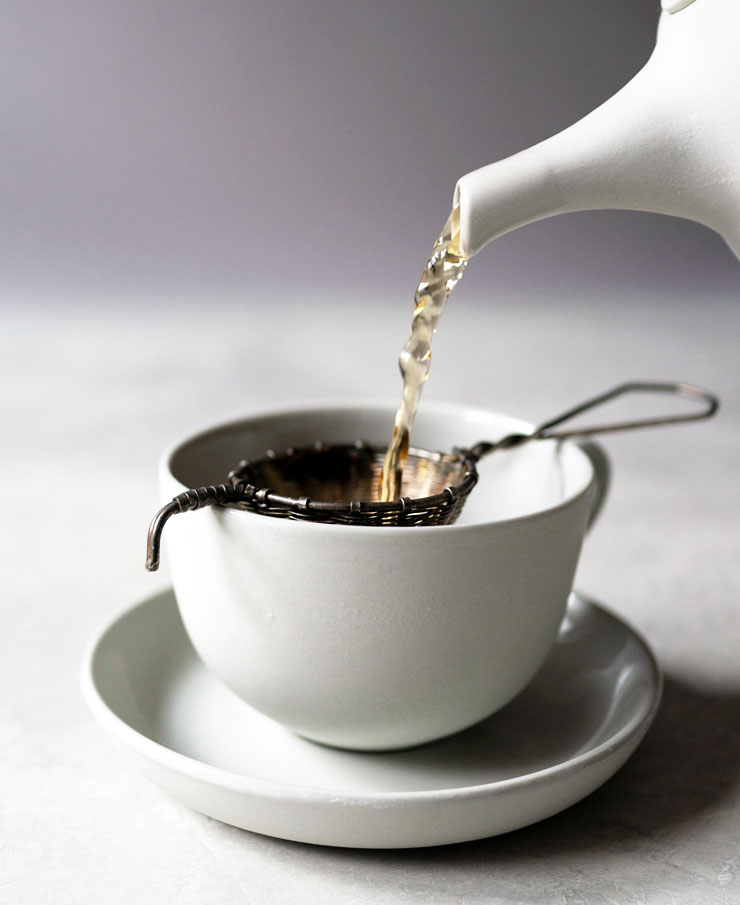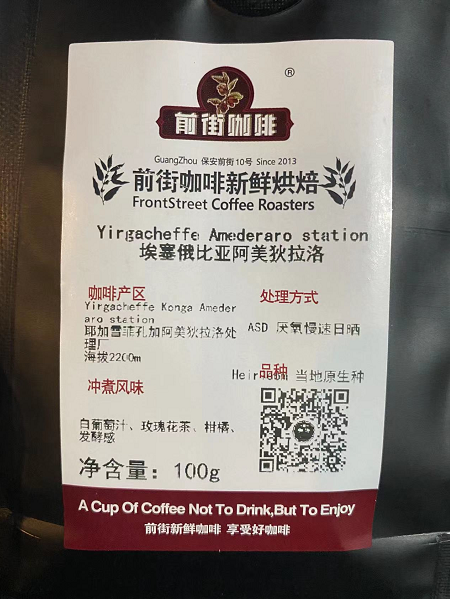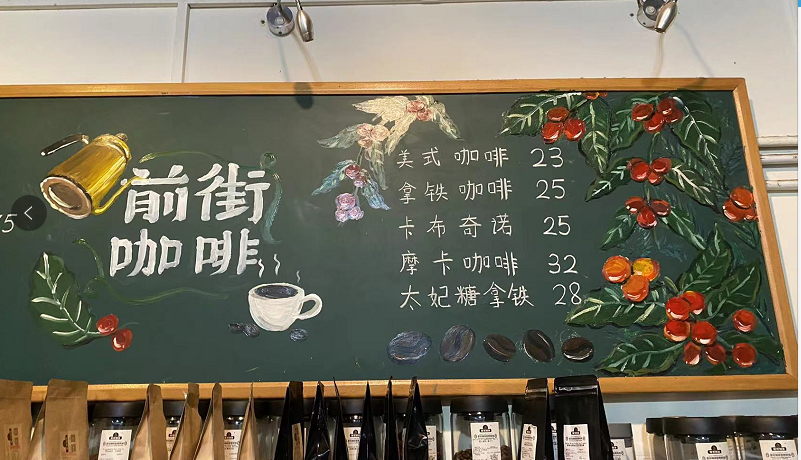Nine mistakes in brewing tea How to brew tea correctly is better? Black tea should be brewed with the correct teapot, water temperature and time.
Your water's too hot. You shouldn't rely on the teapot whistle. If so, that means your water has boiled-and it's too hot. High temperatures can make delicate tea taste bitter rather than sweet. Hot water also destroys fragile, health-promoting compounds such as catechins, research shows. For the perfect cup of tea, you need to boil the water, and when small bubbles start forming next to the kettle, you can watch around. There is no one temperature for every tea--every temperature is different. For example, according to The Art of Tea, green tea should be brewed between 180 and 185 degrees Fahrenheit, while black tea should be brewed between 206 degrees Fahrenheit. To be precise, it's worth buying a teapot with a thermometer. You've been in it too long. Stop setting it. Forget it! Like the temperature, the length of time to brew tea varies depending on the type of tea. White tea is brewed for one to three minutes, green tea for three minutes, and black tea for three to five minutes. The longer it lasts, the more bitter your tea will be, as it releases tannins. Yes, tannins are the same compounds you find in wine. You haven't been around long enough. It's like blondie! Too hot and your tea will be bitter, too cold and you won't be able to extract the right compounds. According to a food chemistry study, the chemical composition of the compounds contained in tea varies and they are released at specific stages of the steeping process. When you soak tea leaves in water, the first compounds that come out are chemicals that affect the aroma and flavor of tea leaves. Then comes the release of beneficial micronutrients-flavanols and polyphenols-and caffeine. Finally, heavier trace elements and bitter tannins come out. If you don't brew tea long enough, you may miss out on these beneficial compounds and you may not get as much caffeine as you want! It may be convenient for you not to use loose-leaf paper tea bags, but it's not the best way to get the benefits of tea. The standard tea bag you buy at the grocery store contains incomplete tea leaves called "loose leaf tea"-those that don't meet the criteria for loose tea. These finely divided teas contain less essential oils and release more bitter tannins than whole leaf teas. If you have no patience for loose tea, no problem. Look for beer packaged in pyramid pouches. These are typically high quality teas, and the bags are specially designed to allow proper water flow. It also has advantages over traditional tea bags, as those flat tea bags are usually bleached paper, which adds chemicals and odors to your tea. You didn't reuse your teabag. It's time to dispel the myth that one can't use a teabag twice. High-quality tea, after two or three steeps, you will taste unique taste, and this is what you can not taste after brewing once. To do this, there is a rule: once the tea leaves are brewed, don't let them stew. When you take the tea leaves out of the cup, make sure they drip dry. It prevents the leaves from becoming bitter. If you make tea multiple times, know that you'll extract more caffeine each time (albeit in much smaller doses than the first time). You don't want to use high quality water and want a cup of the absolute best tea, you'll want to use filtered water. Tap water is chlorinated and may contain sediment, fluoride and other minerals-basically, many compounds that cause your tea to smell bad. Bonus tip: If you need to use tap water, just make sure to use cool rather than hot Bifoliate and Bud water. While using hot water does make water boil faster, it adds extra impurities from your home's water heater.

Adding too many ingredients doesn't necessarily reduce the health benefits of tea; however, it can affect the taste of tea and certainly increase the calories in your cup. According to a study published in the journal Public Health, 33 percent of tea consumers drink tea with calorie additives. The most popular additives in tea are sugar or sugar substitutes, honey, whole milk or low-fat milk. The study also found that drinking too much coffee can add 69 calories to your plate--which can add up if you're not careful. If you need to add sweeteners, choose healthier options, such as low-calorie milk substitutes, or use small amounts of natural sweeteners, such as honey. You're using the wrong cup because you're making tea at a relatively high temperature, so you want the tea to cool down before drinking it. Unlike standard sippy tall cups, wide-sipped coffee cups have a larger surface area, allowing the surface of your tea to cool down so you can drink it. The shallowness of the cup also limits how much tea you can pour at once. This way, when your tea is at the right drinking temperature, the temperature of the whole cup will also be maintained at the right level. If you want to add something to your coffee, just make sure it's not these 7 things you should never add to your coffee. You don't need a teapot. If you want iced tea, you should drink iced tea. If you pour yourself a large cup of tea, chances are it will cool to an undesirable temperature before you finish it. That's what the trusty teapot is for. Use a teapot to keep your tea warm longer. Every time you pour a little tea into your cup, it's always at the right temperature when you drink it. Just make sure you don't drink too much. Check these out: 10 signs you're drinking too much tea.
Important Notice :
前街咖啡 FrontStreet Coffee has moved to new addredd:
FrontStreet Coffee Address: 315,Donghua East Road,GuangZhou
Tel:020 38364473
- Prev

What is the Ethiopian boutique coffee TOH double champion Amedilaro? Who is the double champion of TOH in 1920?
Almost every cafe has Ethiopian coffee, and Qianjie coffee beans are no exception. Every year, baristas and roasters on Qianjie Coffee do cup tests on coffee from different producing areas of Ethiopia, and one of the washed coffee beans called Amedilaro is particularly popular. It won the championship of TOH, in Jiuke.
- Next

Is the matcha latte coffee? Is the latte the same as the cappuccino?
When people go to cafes, they generally choose milk coffee, while milk coffee people hear the most is latte, American coffee and other Italian coffee. In China, latte latte generally refers to coffee latte, but in Italy, latte only means milk. And latte (CaffeLatte)
Related
- Beginners will see the "Coffee pull flower" guide!
- What is the difference between ice blog purified milk and ordinary milk coffee?
- Why is the Philippines the largest producer of crops in Liberia?
- For coffee extraction, should the fine powder be retained?
- How does extracted espresso fill pressed powder? How much strength does it take to press the powder?
- How to make jasmine cold extract coffee? Is the jasmine + latte good?
- Will this little toy really make the coffee taste better? How does Lily Drip affect coffee extraction?
- Will the action of slapping the filter cup also affect coffee extraction?
- What's the difference between powder-to-water ratio and powder-to-liquid ratio?
- What is the Ethiopian local species? What does it have to do with Heirloom native species?

